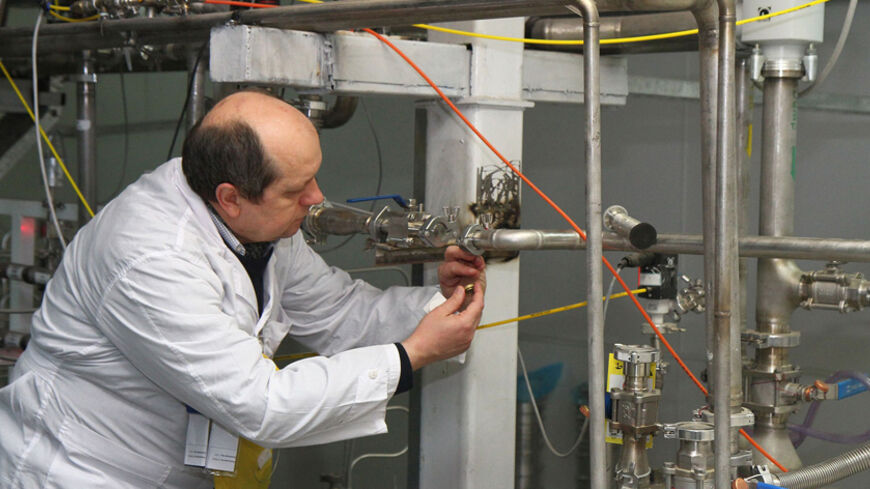As negotiators close in on a possible nuclear agreement with Iran, David Albright, one of the most widely quoted Washington experts on the issue, says that a formula that allows Iran to operate 6,000 rudimentary centrifuges but keep a stockpile of only 500 kilograms (2,205 pounds) of low-enriched uranium (LEU) would provide assurance that Iran could not produce fuel for a nuclear weapon for a year without detection.
Albright, one of a handful of so-called gatekeepers who frequently testifies about Iran on Capitol Hill, told Al-Monitor on Feb. 23 that he has other concerns about the negotiations, particularly how they will address allegations of past Iranian nuclear research with military dimensions. But when it comes to the breakout period — a key metric that estimates the time it would take for Iran to produce enough weapons-grade uranium for one nuclear bomb if it chose to do so — there seems to be declining daylight between Albright’s position and that of the Barack Obama administration and the rest of the permanent members of the UN Security Council plus Germany (P5+1).



